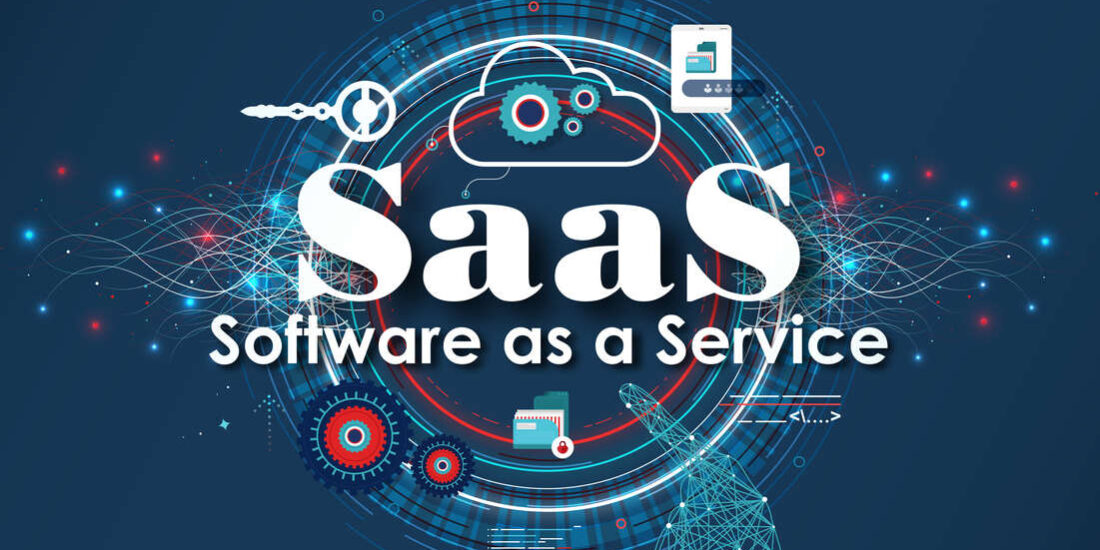The concept of embedded banking has opened up a new frontier for financial service providers to drive holistic, elevated experiences for end-users.
For consumers, this paradigm creates far greater efficiencies and convenience, allowing for customers to access a broader range of solutions from a single interface.
Increasingly, businesses want the same benefits of embedded banking that consumers have. The ability to view account balances, initiate payments and apply cash within a unified platform can yield major benefits for corporate treasurers, boosting financial visibility through bridging the usually siloed operations of banking, accounting, accounts payable (AP), accounts receivable (AR) and more.
“Corporates have always wanted to consume financial and banking services within their banking applications,” said FISPAN Founder and CEO Lisa Shields in a panel discussion with Karen Webster. “What we’ve seen is an increasing demand from corporates to not have to do it themselves.”
She, alongside Stripe Business Lead of Treasury Tara Seshan and City National Bank Executive Vice President of Treasury Management Solutions Verna Grayce Chao, agreed that the embrace of bank-FinTech collaboration has proliferated the opportunity to drive embedded business banking experiences.
But corporate and small business clients have far more nuanced and complex needs from their financial service providers than the average consumer. Now, the challenge for banks and FinTechs is to not only figure out how to address those unique requirements, but to decide which path they’ll take to get there.
Driving Personalized Experiences
Historically, corporates that sought an integrated banking experience would hire third-party consultants to develop and manage proprietary connections between their various financial applications. But the continued evolution of FinTech has made integration far more accessible, and today, it’s up to those FinTech providers to facilitate connectivity.
Although embedded banking is not a new concept, corporate requirements for integration are evolving, depending on what value that business hopes to get out of such an experience.
For many firms, said Shields, the motivation rests on streamlining back-office operations, obtaining a more holistic view of finances, or improving data connectivity across functions to strengthen internal controls and drive efficiency. Organizations are also increasingly embracing the opportunity to mitigate fraud risks as more integrations are built with enterprise-level security technologies, noted Chao.
Other companies, meanwhile, see an opportunity to bolster existing revenue streams or create new ones, and Seshan pointed to on-demand delivery apps like Postmates, for example, that can drive value by imbedding card issuing capabilities to connect deliverers to funds they need to carry out a transaction. Such functionality can drive retention for a firm’s own end-users, she said.
With so many factors driving demand for embedded banking capabilities, it’s crucial that financial service providers develop their strategies upon client engagement, according to Chao.
“Businesses are wildly different from one another,” said Seshan. “It’s not just that functionality needs to be embedded. It really has to go through iteration cycles to be incredibly tailored to corporates’ needs.”
Many Paths To The Same Goal
The focus on understanding clients’ unique needs and motivations is driving the next phase of contextualized and embedded business banking — and ushering in new challenges for the model. There is more than one path a bank can take to personalization, and according to Chao, it’s paramount for financial institutions (FIs) to establish their strategy early on.
For City National Bank, this strategy was built upon an industry-focused approach. The bank’s reach in the entertainment industry meant it could develop embedded banking experiences based on the sector’s unique pain points, including complex payments around rights and royalties.
Whether a bank chooses to focus on one particular vertical or not, FIs also have a build-versus-buy decision to make as they consider which FinTechs to collaborate with or acquire. The result of that model can be a bank developing its own platform with imbedded third-party capabilities, or the participation of the bank on another third-party platform.
While City National Bank takes the industry-specific approach, Stripe collaborates with banks to bolster its own platform, whereas FISPAN’s partnerships focus on bolstering banks’ infrastructure. Clearly, the options are vast, and there is plenty of room for missteps.
“It’s a danger for financial institutions to pick the wrong strategy, or be apathetic,” warned Chao. “There are missteps that can happen if you’re not thinking about it holistically.”
Luckily, continued evolution in FinTech and the increasing prioritization support for application programming interface (API) integrations means technology has become more flexible to support whichever avenue a bank or FinTech takes. One model is not necessarily better than another, and while FIs have their work cut out for them to develop personalized embedded business banking experiences at-scale, it is now easier than ever for financial service providers to take incremental, albeit meaningful, steps toward a more integrated banking offering for corporates.
“Setting aside the ultimate, grand strategy of whether you’re going to own a specifical vertical, participate in a platform, or be the platform, you can help your customers today to digitize and solve some of their most pressing problems just by providing existing services in a more integrated and streamlined way,” said Shields. “Baby steps do make a difference in your customer’s experience.”



























